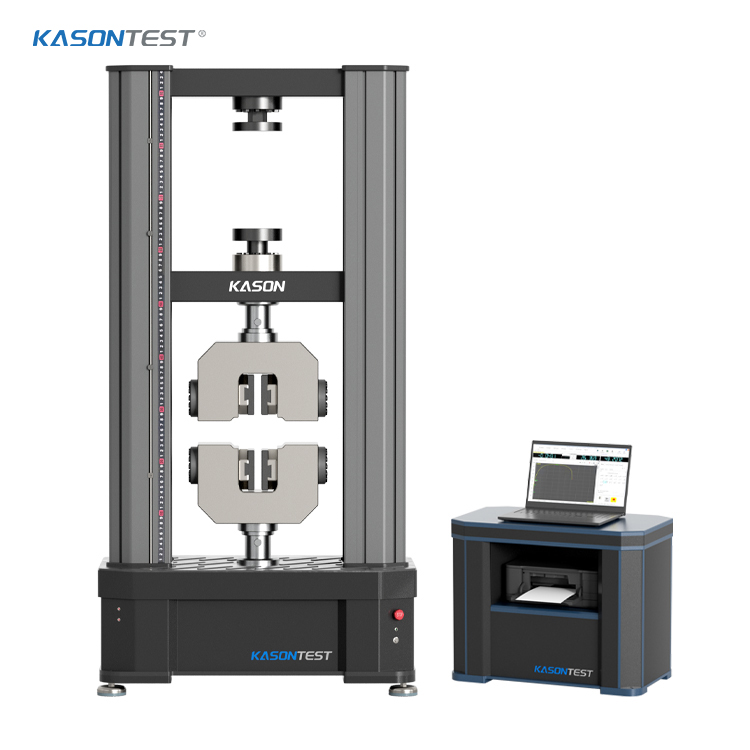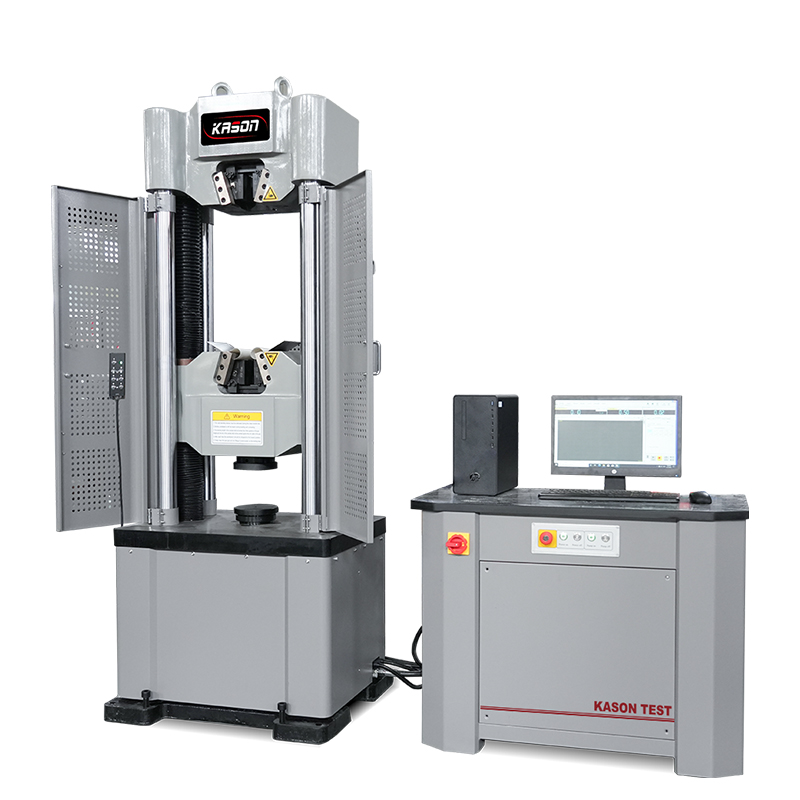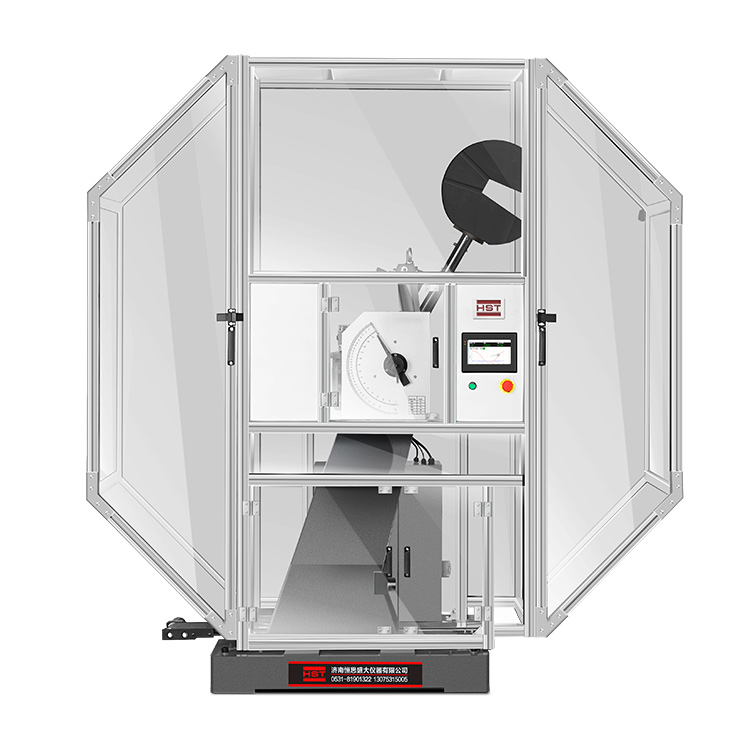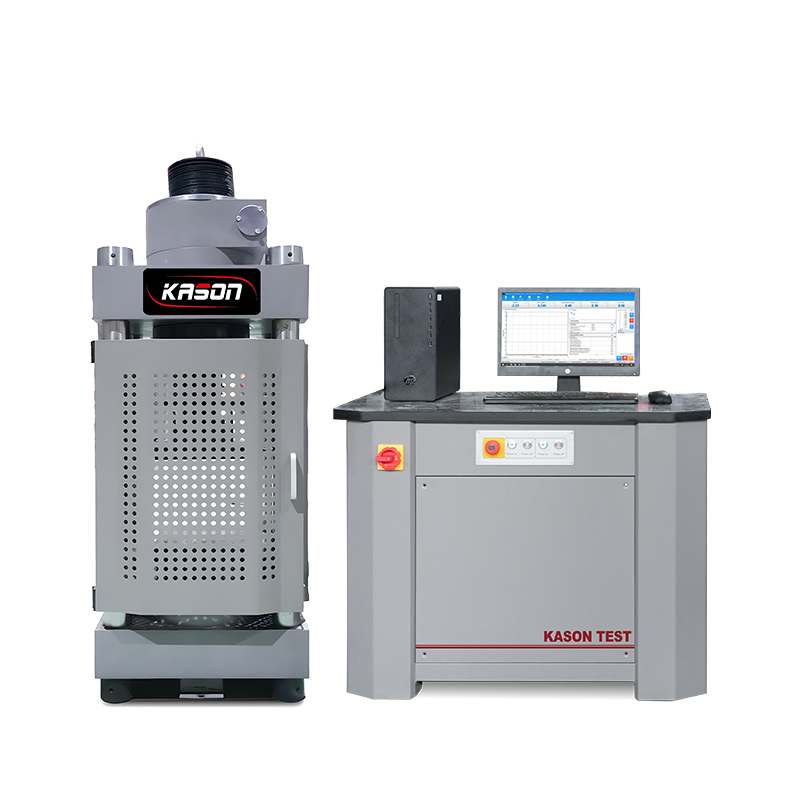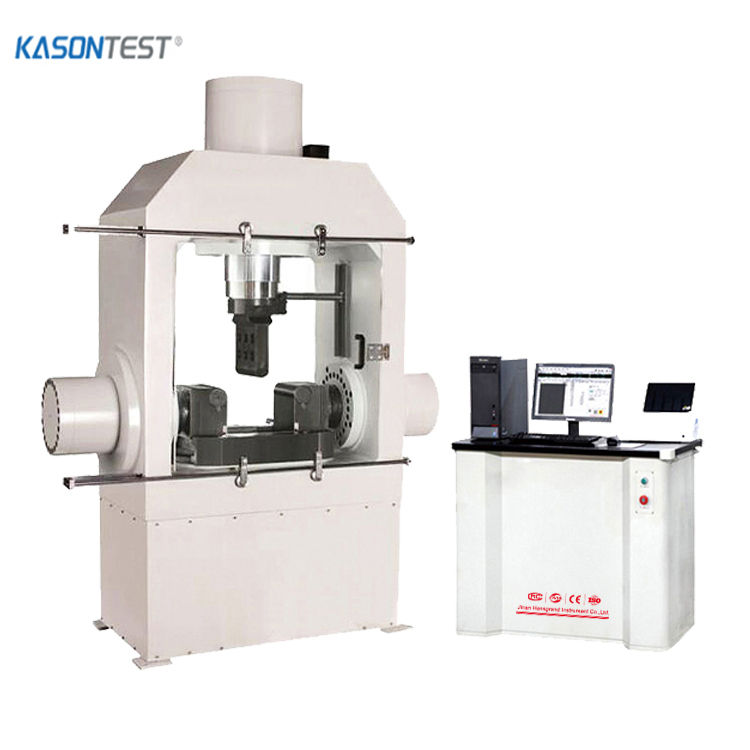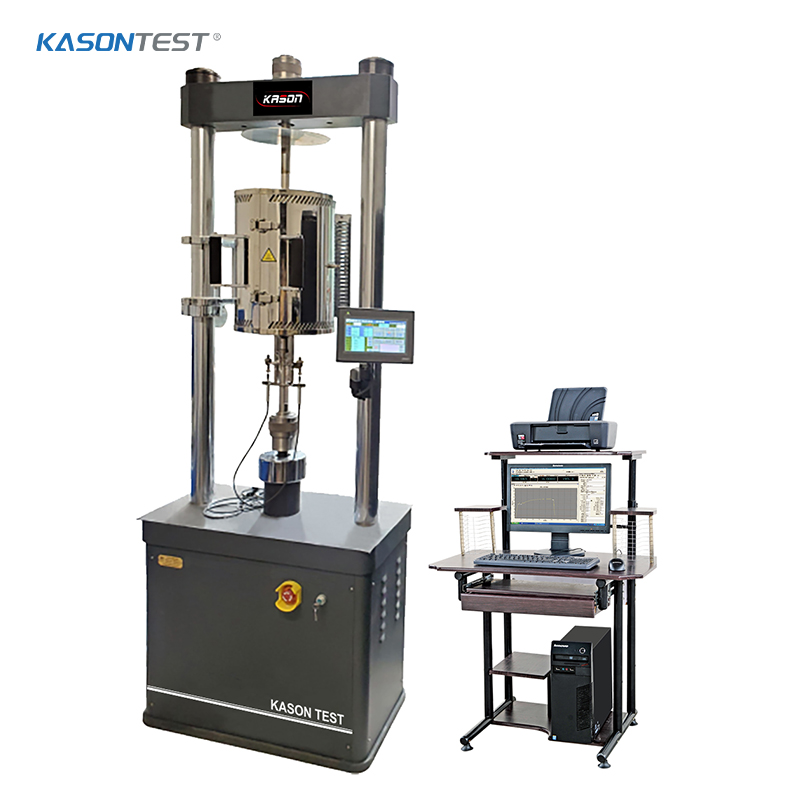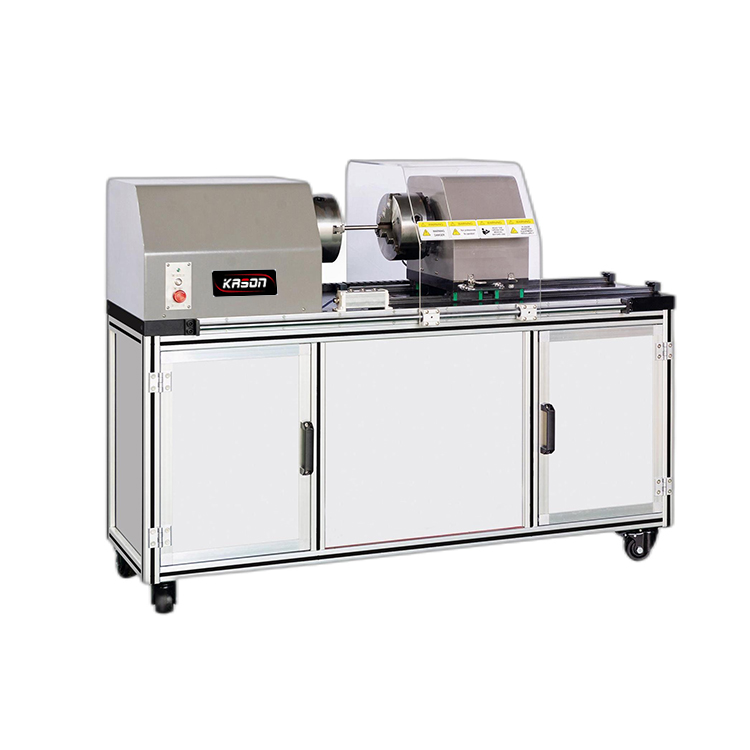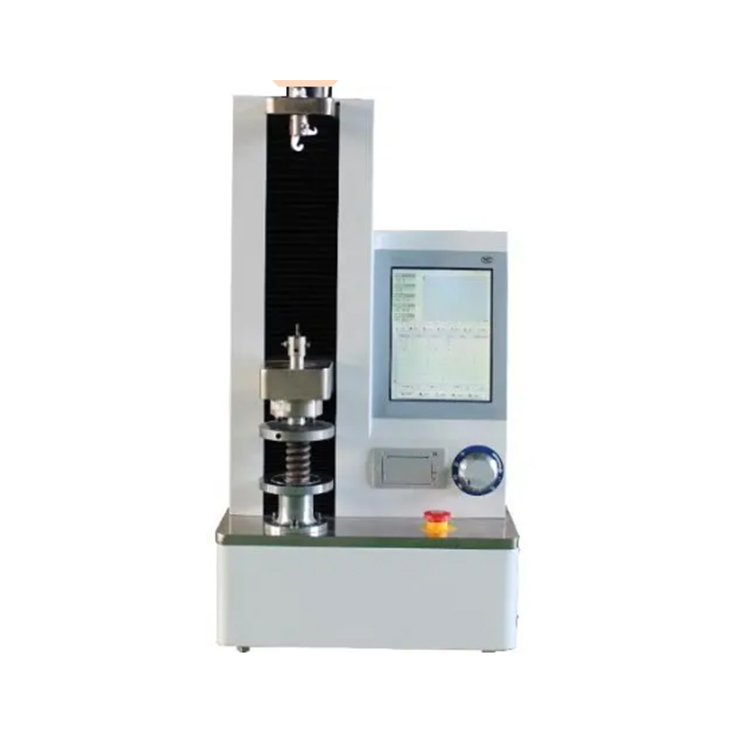Biaxial Test
Biaxial test is a specialized mechanical testing method used to evaluate material behavior under simultaneous loading in two perpendicular directions. Unlike uniaxial tests that apply stress along a single axis, biaxial testing simulates real-world conditions where materials often experience multi-directional forces, making it invaluable for designing structural components and understanding complex deformation mechanisms.The core principle of biaxial testing involves subjecting a specimen to controlled stresses or strains along two orthogonal axes (typically x and y). This can be achieved through various loading configurations, including tension-tension, tension-compression, or compression-compression combinations. The test measures how materials respond to these combined stresses by recording parameters such as stress-strain relationships, yield behavior, and failure modes under multi-axial loading conditions.
Common types of biaxial test setups include the cruciform specimen design, where a central region is loaded in two perpendicular directions using hydraulic actuators, and the bulge test, which applies pressure to a sheet specimen to induce biaxial stretching. Each configuration offers unique advantages: cruciform tests allow precise control of stress ratios, while bulge tests simulate forming processes encountered in manufacturing.
Key parameters analyzed in biaxial tests include the biaxial yield strength, which identifies the stress level initiating plastic deformation under combined loading, and the forming limit curve (FLC) for sheet metals, which maps the maximum strains achievable before necking or fracture. Researchers also study strain path effects, as materials often exhibit different behaviors under proportional (constant stress ratio) versus non-proportional loading histories.
Advanced biaxial testing systems incorporate computerized control to maintain precise stress or strain ratios, along with optical measurement techniques like digital image correlation (DIC) to capture full-field deformation patterns. These technologies enable detailed analysis of how strains distribute across the specimen and how material properties evolve during multi-axial loading.
Biaxial testing plays a critical role in industries such as automotive, aerospace, and construction. For automotive manufacturers, it helps develop crash-resistant materials by simulating the complex loading experienced during collisions. In aerospace applications, it ensures structural integrity under combined aerodynamic and gravitational forces. By providing insights into multi-axial material behavior, biaxial testing ultimately contributes to safer, more efficient designs and material selections for engineering applications.

